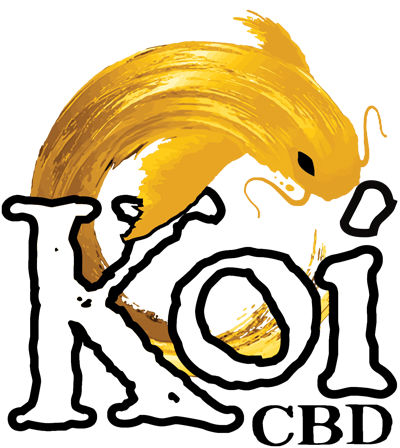The CBD market keeps evolving. Every few months, new CBD products enter the market and a new type of cannabinoid. Considering all these cannabinoids are coming from the same plants, it’s understandable why many consumers are having trouble keeping tabs and even thinking the compounds are the same. It’s even more confusing when you consider compounds like CBD and CBDa. These are largely similar compounds, and their nomenclature suggests they might be the same product in different forms. But they're not.
As a hemp fan, you should take time to learn as much as possible about the new cannabinoids to ensure you can make the most out of each of them and get the best possible experience. If it’s the first time you've heard about CBDa, we will look at what it is and how it compares to the more popular CBD.
What is CBD?
It’s best to start with the more popular compound to make understanding the differences and similarities easier. CBD is short for cannabidiol, a naturally occurring compound found in hemp or cannabis plants. In the UK, manufacturers can only obtain CBD from hemp grown in an industrial setting because it has a low THC concentration. CBD has become immensely popular because of its supposed health and wellness benefits and is also used as a nutritional supplement by most people to supplement the body’s natural endocannabinoids. CBD has been the subject of numerous studies trying to understand its roles, benefits, and how it works. CBD works by interacting with the endocannabinoid system in the body. It impacts various glands and systems to maintain balance in various internal processes in the body. Consumers can choose from a wide range of CBD products, including CBD oils, capsules, tinctures, and balms. All the products contain the same active ingredient – CBD.What is CBDa?
To understand CBDa, you need to know the process that cannabinoids follow in the hemp plant. The cannabinoids all start with CBGA, also known as the mother of all cannabinoids. As the hemp plant grows, the CBGA breaks down into other cannabinoid acids, including THCA and CBDa. CBDa is a non-psychoactive, acidic compound that later matures into CBD. Once extracted from the plant, CBDa is exposed to Sunlight and oxygen to trigger decarboxylation, which causes the compound to lose what is called the 'acidic hydroxyl group' – a group of atoms that consists of carbon hydrogen and oxygen, which makes cannabidiolic acid an acid. After the decarboxylation, CBDa turns into CBD. The process isn't instantaneous, which means the finished CBD product might still contain some CBDa and other acidic cannabinoid acids. That is why you might notice CBDa and other cannabinoid acids included in your products certificate of analysis, more so if you purchase a full or broad-spectrum CBD product.Benefits of CBD Vs The Benefits of CBDa
CBD and CBDa are closely related and offer similar benefits. The two also have some differences in their benefits and how they interact with the body.Benefits of CBD
- CBD has been under the microscope longer. Research has been carried out on the effects of CBD on the body more extensively than CBDa.
- CBD is suitable for vaping and cooking
- CBD is more widely available in commercial products and in more forms to match its intense demand.
- Some of the research findings into CBDa have also been found in CBD. This is understandable considering the striking similarities between the two products.
Benefits of CBDa
- CBDa is thought to have a more powerful effect on the endocannabinoid system than CBD.
- There are fewer processes involved in creating CBDa, so it is a more natural product than CBD.
- Like CBD, CBDa doesn't have any psychedelic effects, which means it will not alter your mental state.

